I’m going to try not to say “please no!” too many times within this article, but to start I must immediately use one… carbonara recipe, you can’t touch it, you can’t vary it, you can’t “flavor” it, any Italian would not accept it… so please no!
Especially if that Italian is from Lazio (Rome), it’s basically like you’re doing him a personal wrong. It’s like if Chris McCandless was traded the Magic Bus for a sports car, like someone gave Batman superpowers and no money.
Additionally, Spaghetti Carbonara is the pasta dish most chosen by Italians when dining out or ordering food to eat at home. It’s also the Italian dish most commonly threatened by the addition of cream.
Why are we so strict about the ingredients in carbonara you ask?
True Italian carbonara is essential, simple, and founded on very few but irreplaceable ingredients. I guess you must be thinking that we are the usual nazi-cooks, really too rigid about what goes on in the kitchen.
Reveal the Italian-American dishes that don’t cross over to Italy by clicking here
The fact is that our own culture is rooted in the cultivation of local products, in traditional food, in that conviviality that a course can create at the table among friends, relatives, and even strangers, which is also a bit of what sets us apart internationally.
For these reasons, we gesture with our hands as soon as someone tries to add or substitute ingredients to the carbonara recipe.
Read below to immerse yourself in one of the strongest and most indelible concepts in our history and to learn what ingredients should not be in a Carbonara (spoiler alert: no ingredients other than those in the original recipe… or almost).
Carbonara, is so much more than a pasta recipe
First commandment: it is not carbonara if it is not prepared with (only!) eggs, guanciale, and pecorino cheese.
However, we must admit that history does not help us when it comes to official ingredients and origins.
The origins of this dish are actually still uncertain and lost in myth. Some written accounts refer to recipes from the 18th and 19th centuries and it is even more curious that, according to some sources, the first one ever published seems to date back to 1952 in the United States! The first Italian recipe, however, is from a couple of years later and was even slightly different from the one we know today.
There is even a legend about a Bolognese cook who is said to have invented this dish during World War II, on the occasion of a lunch between the British Eighth Army and the American Fifth Army; obviously taking advantage of the “bacon” he found on hand. In short, much folklore and little substance, but there is one certitude: it was we Italians (the 1960s) who gave carbonara that unique touch of guanciale flavor, which gradually and, then, finally replaced bacon.
Long pasta: the only perfect pasta shape for carbonara
Second commandment: it is not carbonara if it is not prepared with long pasta.
Some “brave” people propose a variation with rigatoni or some short shapes of fresh pasta, but the real traditional recipe wants exclusively spaghetti. We can settle for a few variations on the theme, such as bucatini, linguine, or square spaghetti “alla chitarra,” but remember that as in many Italian recipes it is simplicity that pays off.
Every time you cook a revisited carbonara, an Italian will faint.
Third commandment: you shall have no carbonara other than traditional Italian carbonara; otherwise, don’t call it carbonara.
This is not to be picky, but would you ever call a piece of stewed turkey “pulled pork”? Then why would we call a dish prepared differently with different ingredients a carbonara?
Certainly, there are some reinterpretations and customized versions that have a lot to do with this recipe and are also very tasty: for example, not everyone likes pecorino cheese, which has a very sharp and salty flavor, and replaces it with a sprinkling of Parmigiano Reggiano; others dare a few drops of cream to flavor the sauce; still, others replace guanciale with bacon, which is far easier to find, especially abroad.
On pepper, there are differing opinions: pecorino already gives a really powerful flavor imprint, but a pinch of pepper goes well with the rest of the recipe’s components, so it is well seen by even the most traditionally attached chefs.
These above are still acceptable variations, but there are plenty of “forgettable” and profane experiments.
Here is a list of additional ingredients that are often used within carbonara but that we Italians do not appreciate:
- “chicken carbonara” overall, has always puzzled me, no one in Italy would ever dream of cooking a carbonara with the addition of chicken.
- Many American carbonara recipes have garlic, and some use onion for cooking eggs, but the original recipe does not contemplate either. These two with the guanciale create a flavor that is too unbalanced.
- Adding a touch of green to carbonara by putting peas inside may seem like a good idea, but trust me it is not, it is not used here.
- Another dilemma is that of parsley because it is easy to think that it looks good on such a dish: many use it, but it is not an ingredient counted in the classic preparation. Don’t think that carbonara is like a painting to which you have to add a touch of color, it would be like attaching a red scarf to the Mona Lisa,
- The same thing for chili or mushrooms, they are two ingredients that should not be put in the real carbonara recipe.
The variants of carbonara are really endless and this list could go on practically forever, some of these variants can even be found here in Italy.
I have tasted what is called zucchini carbonara, which is delicious and delicate, but very different from the original concept of this dish. Even, there is a light variant of carbonara that replaces the eggs with fresh, cream cheese.
These are delicious and wholesome dishes, which I can happily try if I am faced with them… but please, don’t call them “carbonara”. Let the real carbonara recipe remain intact and as simple as the original; some things are already too perfect to be rehashed.

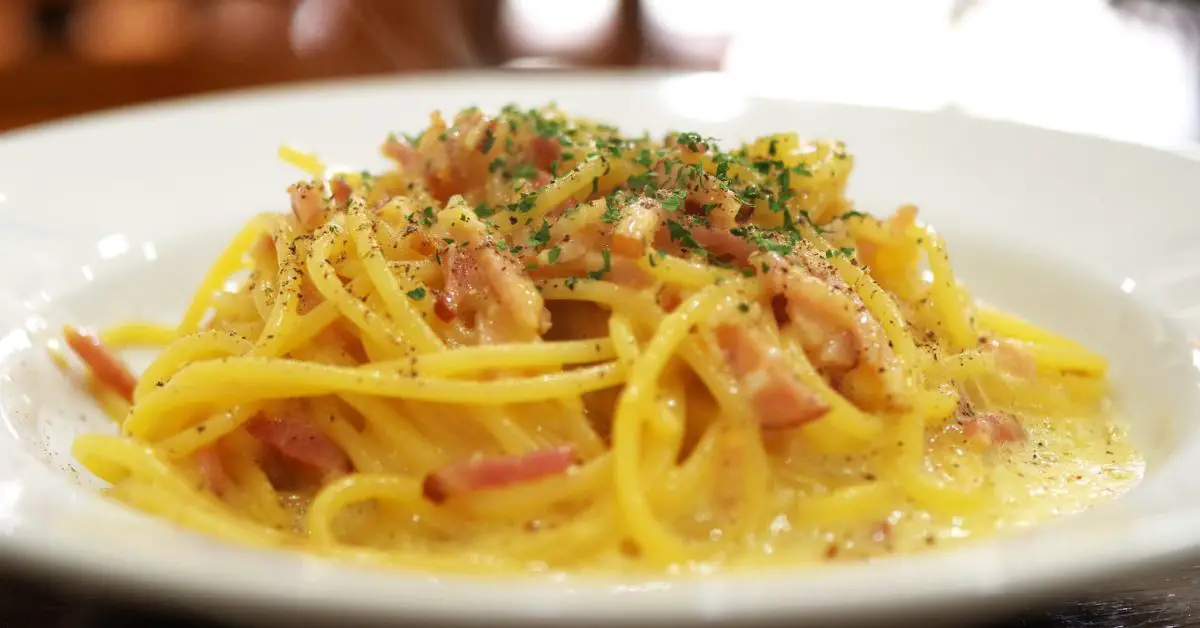
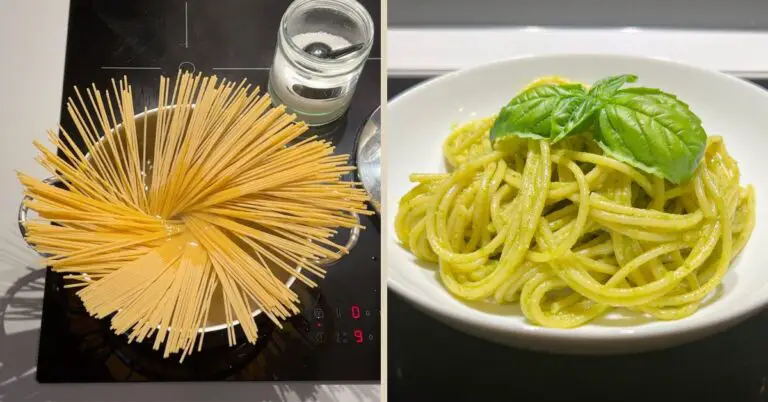
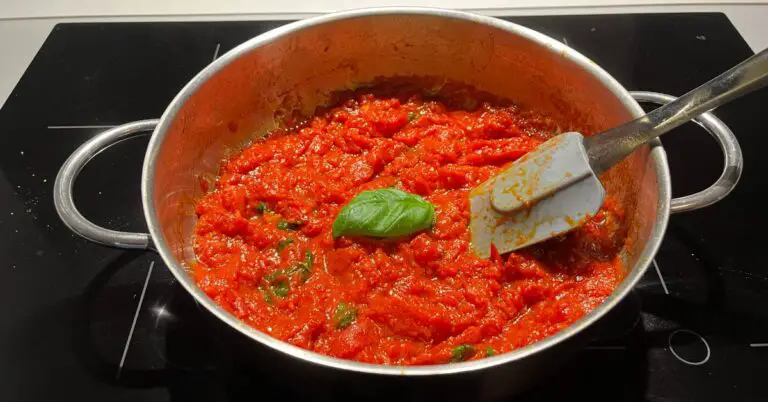
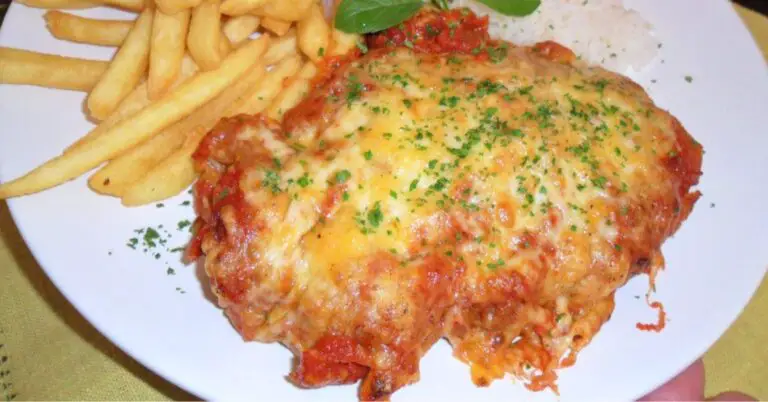
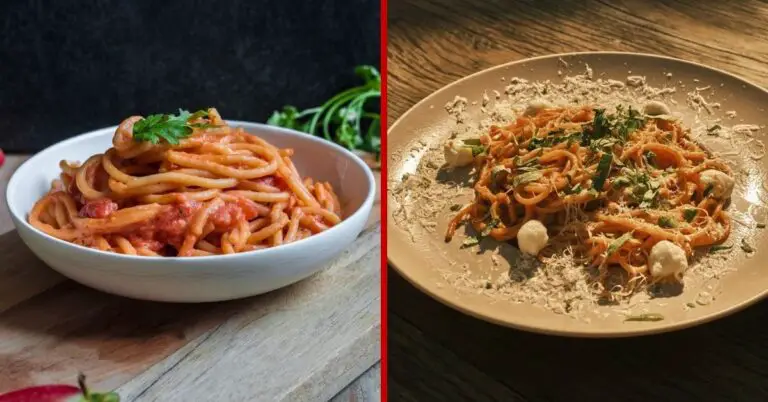
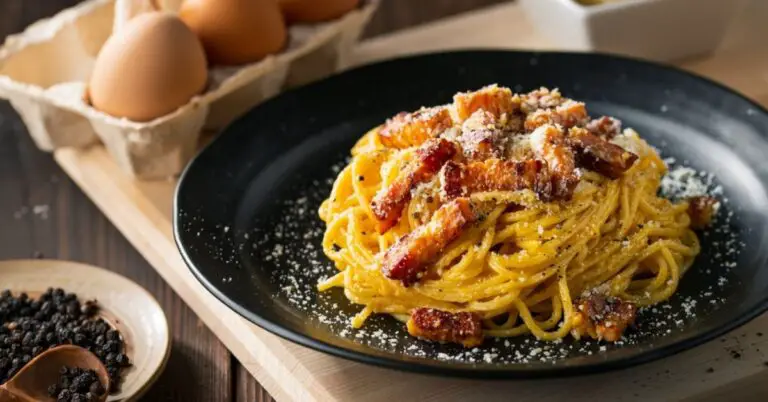
![Why are there so many shapes of pasta? [Taste does change?]](https://whyitalians.com/wp-content/uploads/2023/03/dried-pasta-shapes-768x402.jpg)
One Comment